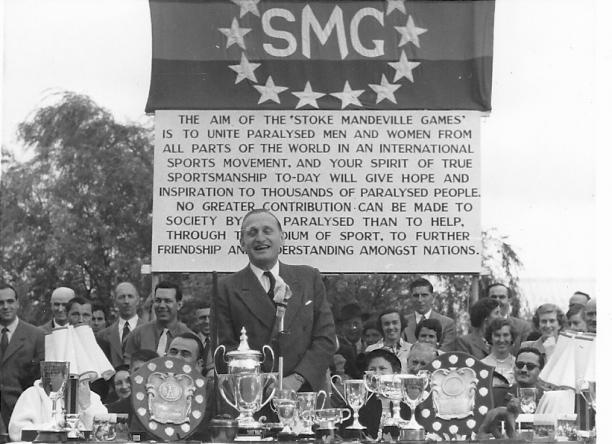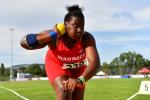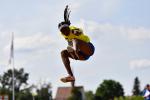National Paralympic Heritage Trust launches in London
18.05.2016With the Trust, a permanent heritage centre at Stoke Mandeville and a nationwide series of satellite exhibitions, among others, will be opened.
 Stoke Mandeville Games (1948-1958)
© • IPC
Stoke Mandeville Games (1948-1958)
© • IPC
“The Paralympic Movement has much to be proud of and not least the way in which it has helped to change attitudes in society to disability."
The National Paralympic Heritage Trust announced its official launch on 11 May at Queen Elizabeth Olympic Park, in London, Great Britain.
Established with financial support from the Heritage Lottery Fund (HLF) the Trust will safeguard, share and celebrate the heritage of the British Paralympic Movement, bringing its stories of human endeavour to life.
International Paralympic Committee (IPC) President Sir Philip Craven, the Honorary President of the Trust, was joined at the launch by the Trustees and a distinguished group of Honorary Vice Presidents including Tim Reddish, Chairman of the British Paralympic Association; and Sir Henry Aubrey-Fletcher, Buckinghamshire’s Lord Lieutenant.
Sir Philip said: “I am proud to be associated with the Trust, which will bring to life the heritage of the British Paralympic Movement and the passion and dedication of all those involved, from Sir Ludwig Guttmann to the proud athletes who have represented Great Britain in Paralympic Games from 1960 to the present day. This is not only a story of medical advancement, but of human endeavour and sporting achievement, which the Trust will bring to life for generations to come.
“As we look forward to another exciting Paralympic Games this summer, we are enjoying the legacy of London 2012, when so many people realised the tremendous impact of the Paralympic Games.”
The Chairman of the NPHT, Paul Mainds explained: “During the coming year and with HLF funding we will be finalising plans for the Trust to open a permanent heritage centre at Stoke Mandeville and a nationwide series of satellite exhibitions, together with outreach activities and an online virtual museum. The development of the Paralympic Movement is an enormous subject, but at its heart it is a story of individual courage beginning with Sir Ludwig Guttmann and extending to all those who have competed and triumphed in the Games, and finally, and this seems to me to the heart of it, the individual courage of all those dealing with an impairment who are able to use sport as their route to rehabilitation.
“The Paralympic Movement has much to be proud of and not least the way in which it has helped to change attitudes in society to disability. I hope that among our other objectives we can play a small part in furthering that work.”



















